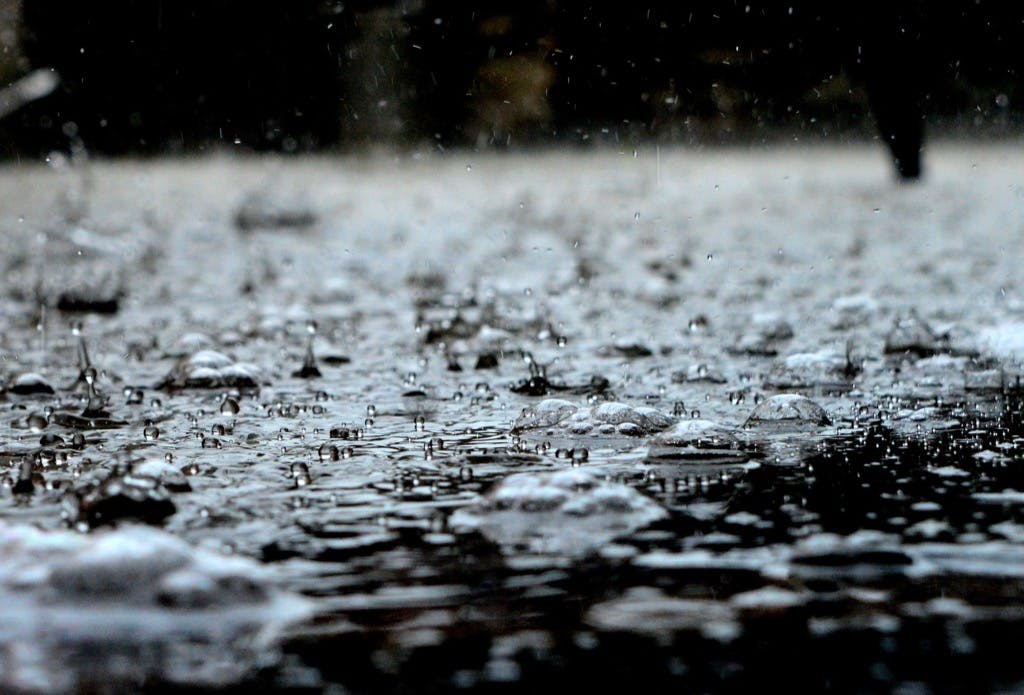15 Key Facts and Statistics About Acid Rain

Acid rain is any sort of precipitation that contains high levels of nitric and sulfuric acid. Human activities, like burning fossil fuels, are what create the bulk of acid rain. A small amount of acid rain stems from natural sources, like from the chemicals spewed out in a volcanic eruption.
The negative effects of acid rain can not be understated, as evidence points to it destroying the environment and contributing to a wide variety of human health hazards. The wind carries pollutions and emissions over vast distances, making acid rain a worldwide problem.
Key Facts About Acid Rain
There is a lot to unpack when it comes to acid rain and its effects. Below are 15 key facts and statistics that give a clearer picture about the issue.
Acid Rain Measured by pH
Scientists and researchers use the pH scale to measure the acidity of rain. A neutral pH (neither acidic or alkaline) is 7, while normal rain usually has a pH of about 5.6. Acid rain generally has a pH between 4.2 and 4.4. According to the Environmental Protection Agency, Over 250 monitoring sites collect acid rain across the United States, Canada, and the US Virgin Islands.
Acid Rain Destroys the Environment
When the pH levels in rivers, streams, lakes, and soil are lowered due to acid rain, it takes a disastrous toll on the ecosystem. Many fish are not able to survive in an acidic environment, and plants begin to die because the acid dissolves nutrients in the soil. Plants can also soak up some of the toxins in the acid rain, making them unfit for human consumption.

It Takes a Toll On Infrastructure:
Acid corrodes stone and rock, which could be dangerous for the livability of a home or building if the foundation becomes corroded. Sculptures, statues, and paint exposed to the elements are also horribly damaged.
Acid Rain Became Well-Known in the 20th Century. Even though it was first identified back in the 19th century, acid rain became well-known by many during the 1980s. By this point, many understood the link between the prevalence acid rain and the proliferation of unchecked emissions from industry. According to the National Science Foundation, acid rain started in the USA in the 1950s thanks to pollutants from coal plants in the Midwest.
The Clean Air Act Aimed to Cut Down On Acid Rain
Through the 1970 Clean Air Act, United States Congress intended to regulate acid emission. They further strengthened the act in 1990. The legislation seemed to have an effect, as sulfate and nitrate rates in precipitation were cut by 40% by the new millennium, according to the National Science Foundation.

Still, Acid Rain is Hard to Get Rid of
Federal reports have suggested the Environmental Protection Agency, in particular, is having some trouble reducing the amount of acid rainfall. A 2013 report from the Government Accountability Office said at the time, 88% of the Great Lakes were impaired by acid rain, and that 21,000 miles of streams were tainted in the central Appalachian Mountains.
The Only Way to Fight it is to Cut Pollutants
The only real solution to combatting acid rain is by burning fewer fossil fuels and promoting alternative energy, which has had mixed success in recent years. Individuals can use less electricity and drive less to reduce emissions and converse energy as well.
Deaths Caused by Acid Rain
Acid rainfall can cause serious repertory problems and greatly impact human health. It has been estimated that around 550 premature deaths each year occur due to acid rain.

Acid Rain Takes Many Forms
In drier areas, people see acid gas or acid dust in lieu of rain, and even acid snow in colder parts of the world. The toxic acids in the atmosphere can mix with essentially any material, including hail or fog.
The Environment Can Sometimes Resist Acid Rain
In some parts of the world, where the pH of water in lakes or streams is more alkaline, acid rain has less of an effect. Some soils and rocks also contain high levels of calcium and magnesium, which can inhibit or even neutralize acid rain.
It Takes a Toll on Forestation
Acid rain directly impacts the livelihoods of trees. It damages the protective layers on leaves and disrupts the photosynthesis process by inhibiting the plant’s ability to take in carbon dioxide. Experts have pointed to acid rain as the cause of forest death in many parts of the world.
Acid Rain Existed Back in 1850
Robert Angus Smith wrote about the relationship between acid rain and pollution back in the mid-19th century. He also first coined the phrase ‘acid rain’.

The Past vs. the Present
Today’s acid rain is primarily fueled by nitrogen emissions mixing with rain. The monitoring of nitrogen emissions has varied by country. Some see the debate about climate change as potentially inhibiting progress in keeping track of emissions.
Some Think the Acid Rain Problem Will Get Worse
With an ever-growing global population, more and more farmers will use nitrogen fertilizer to feed people, thus creating more nitric acid, according to Scientific American. Leaders are discussing the management of nitrogen emissions and monitoring requirements.
New Technology in Development to Combat Acid Rain
Technology is constantly being produced to detect the amounts of pollutants like sulfur dioxide. A camera created by the Universidad Carlos III de Madrid’s Laboratorio del Infarrojo could help this problem. It could work along side an alarm system to signal the leak of specific gases. Some technology has the ability to detect compounds in real time, even if the actual device is hundreds of meters away.
